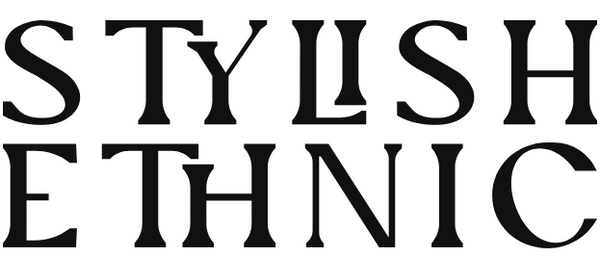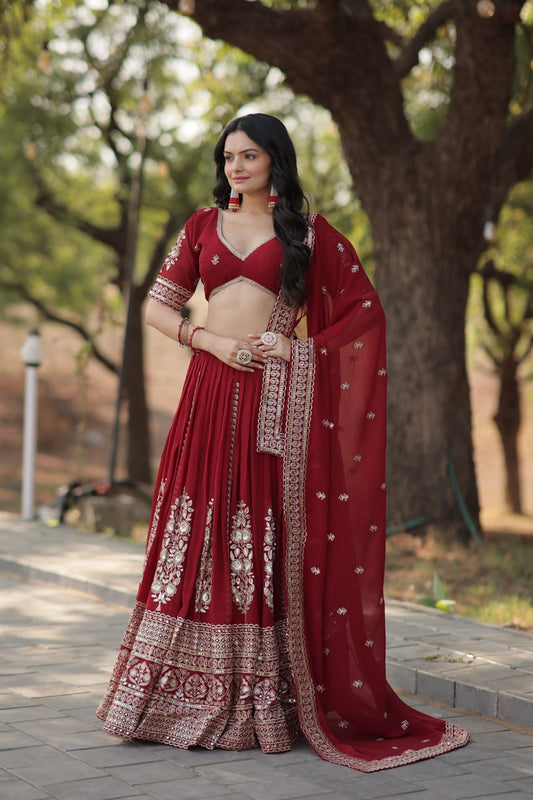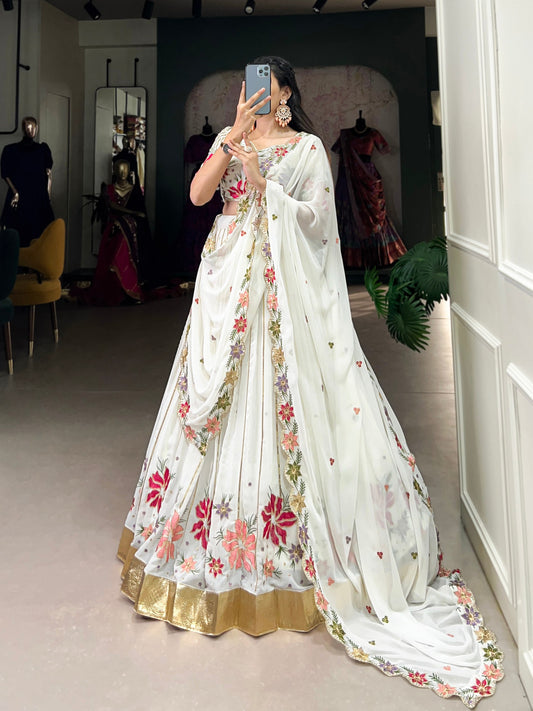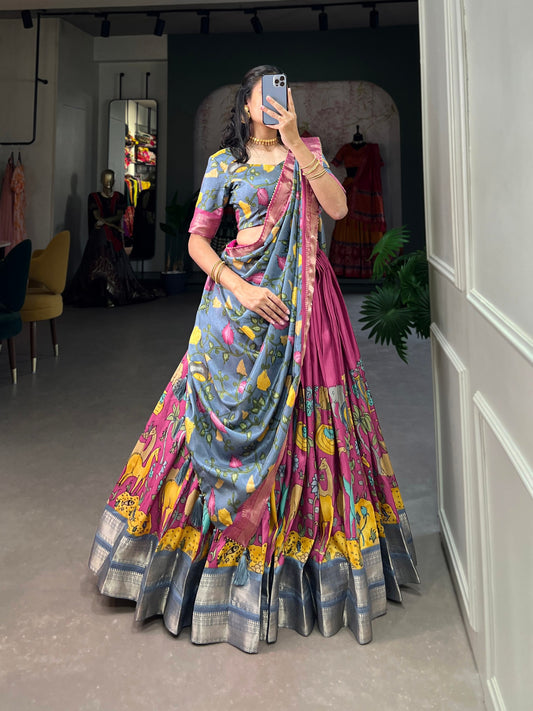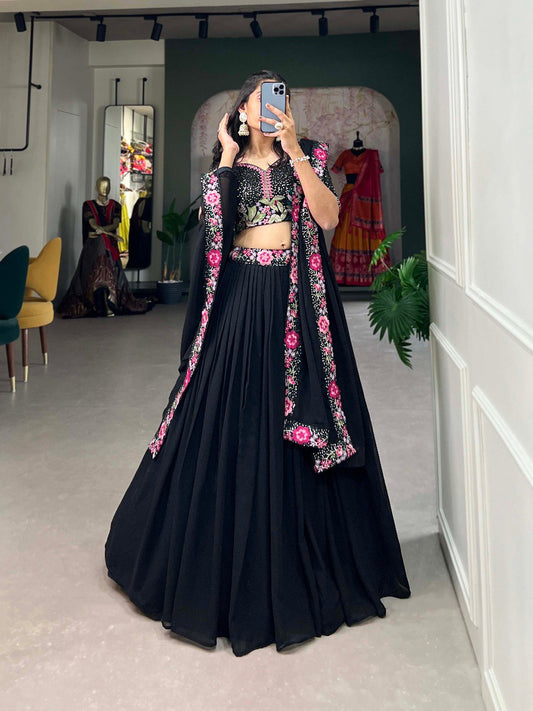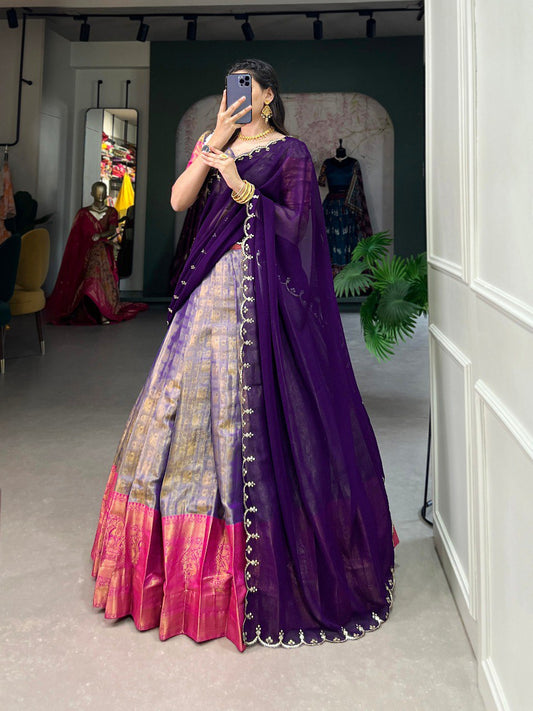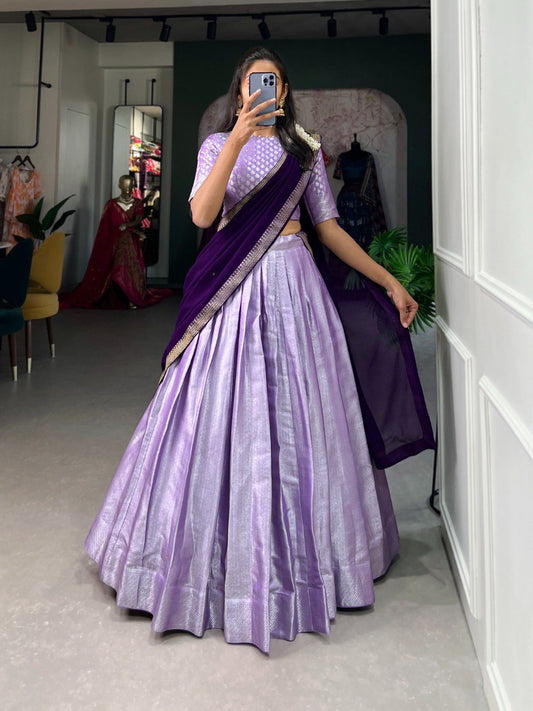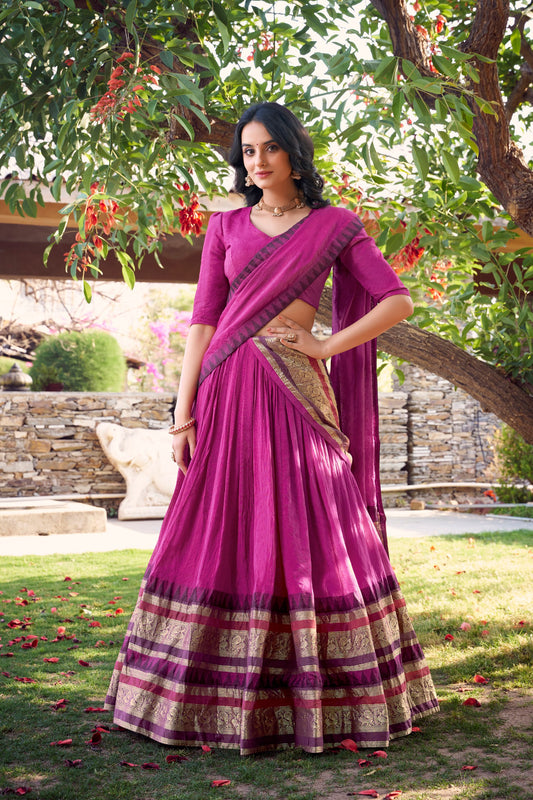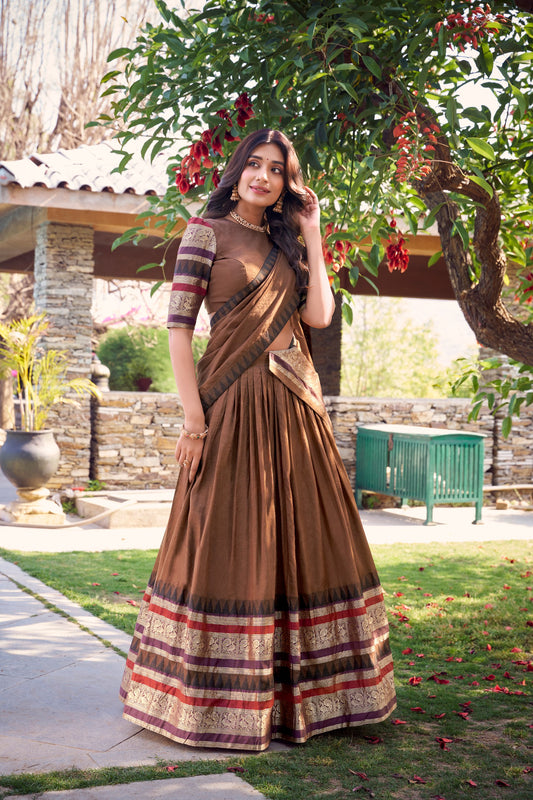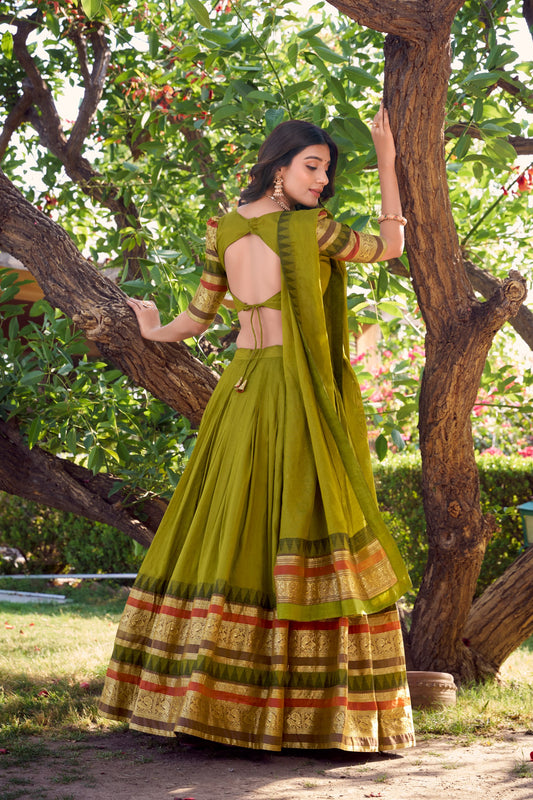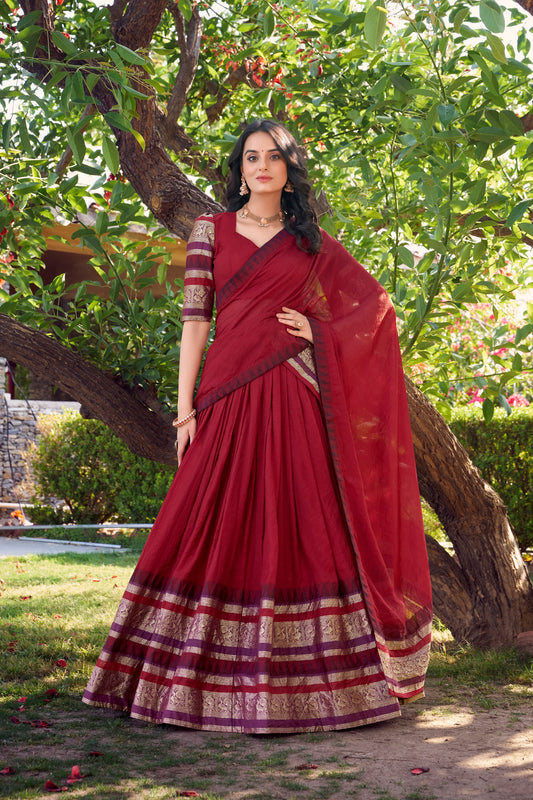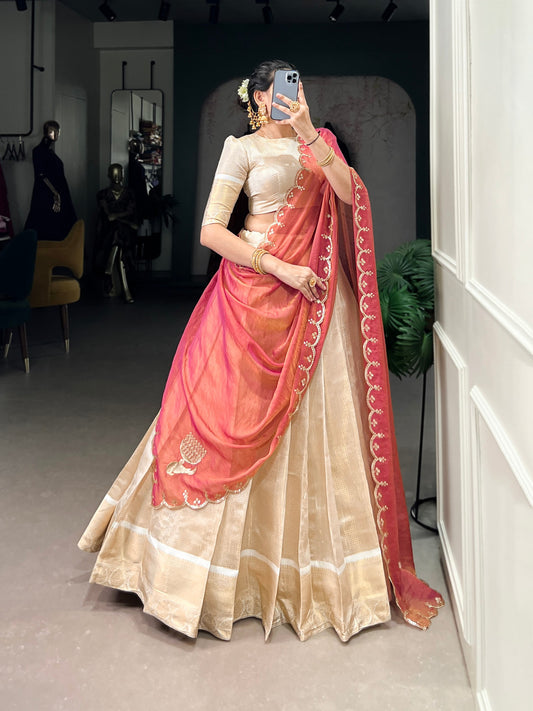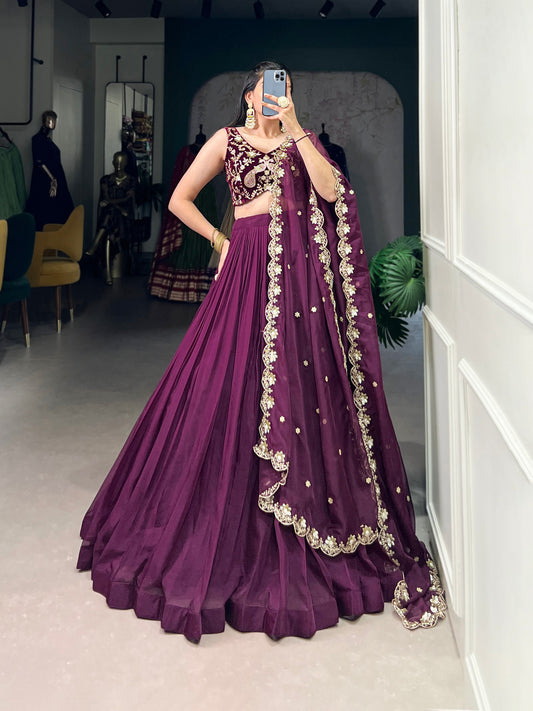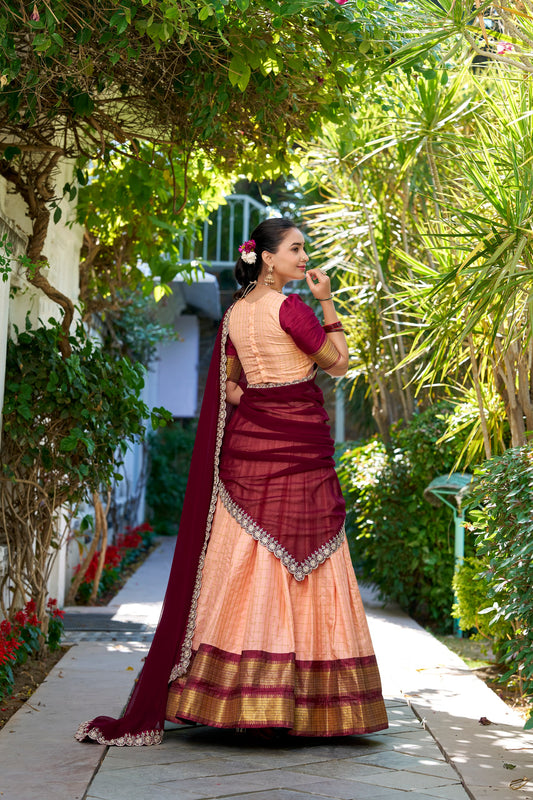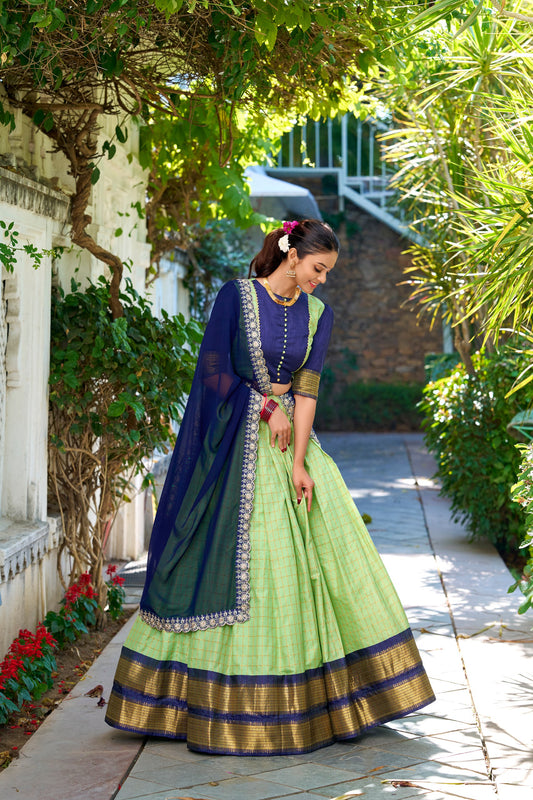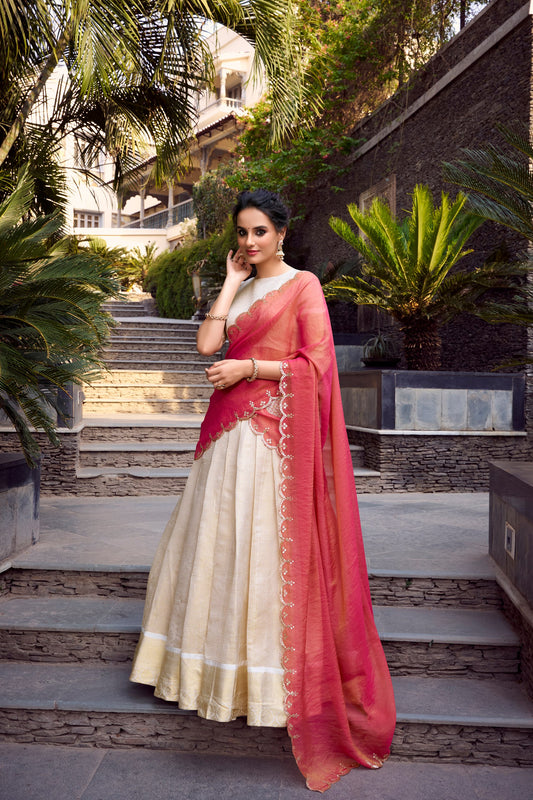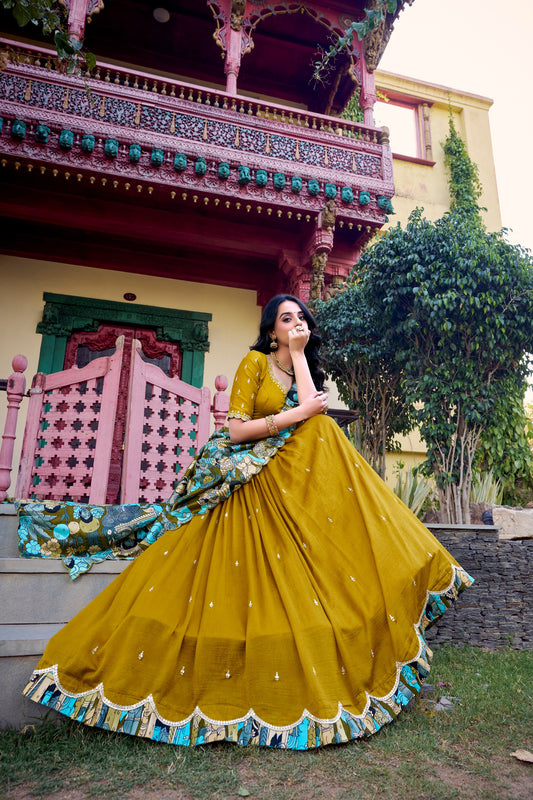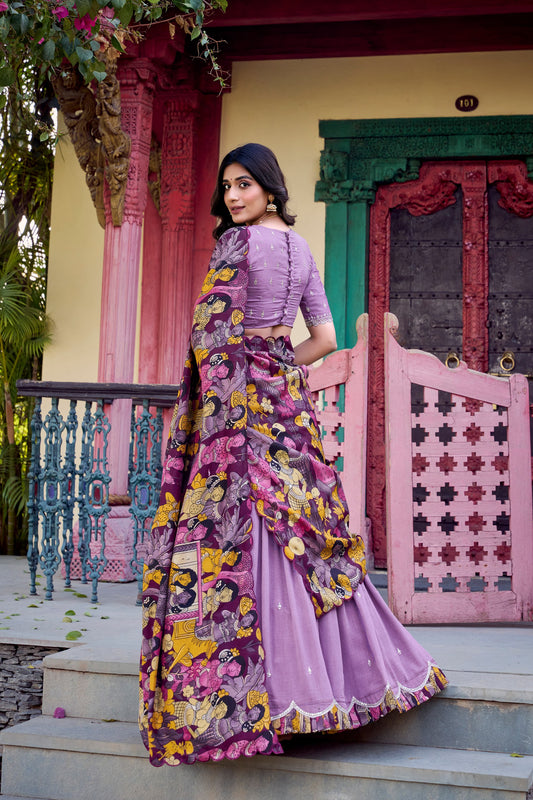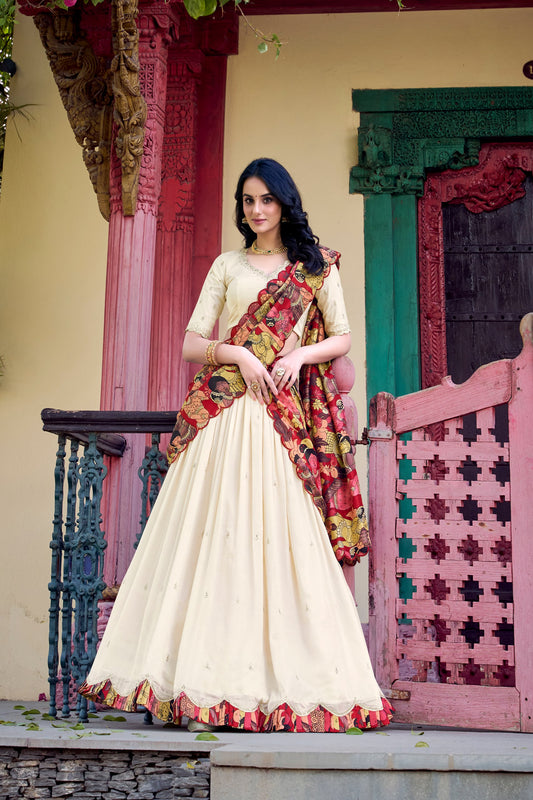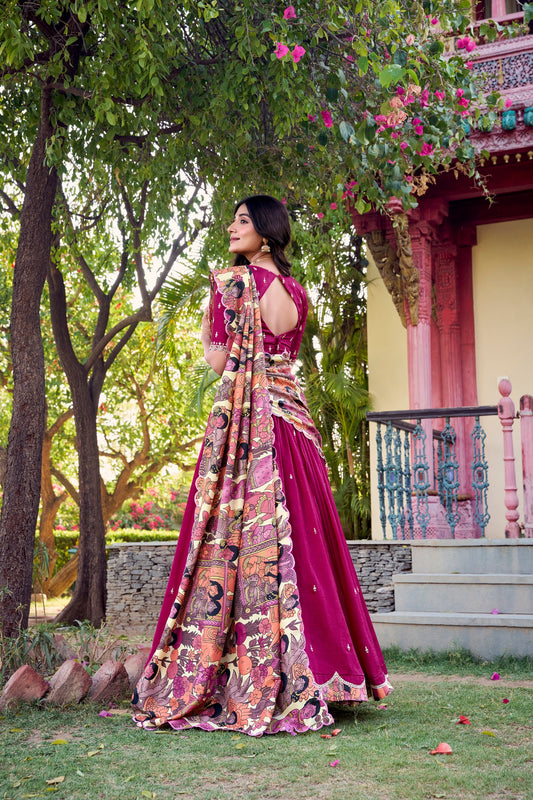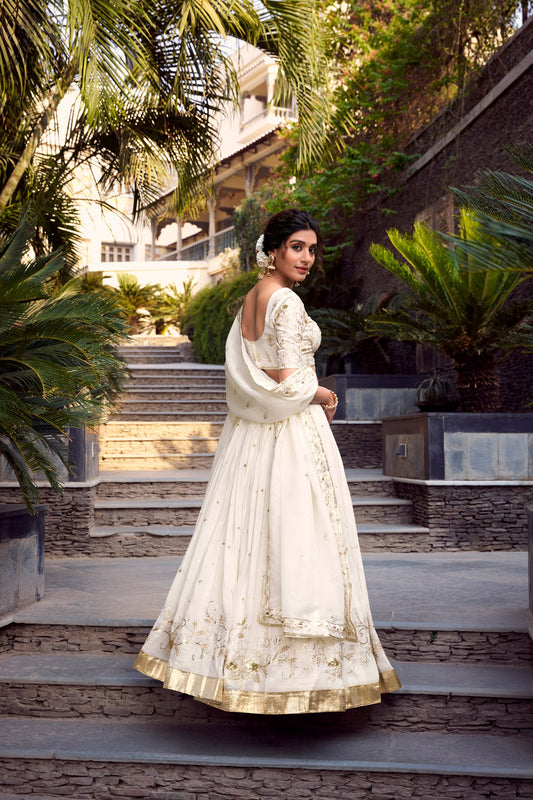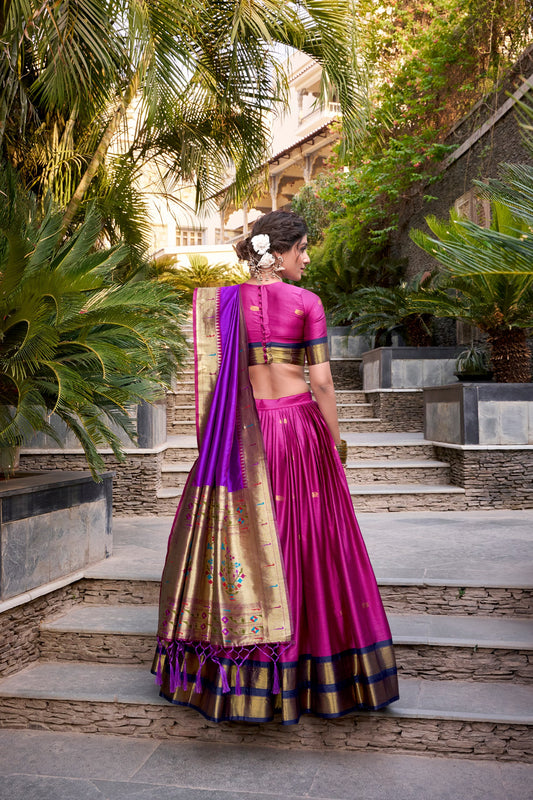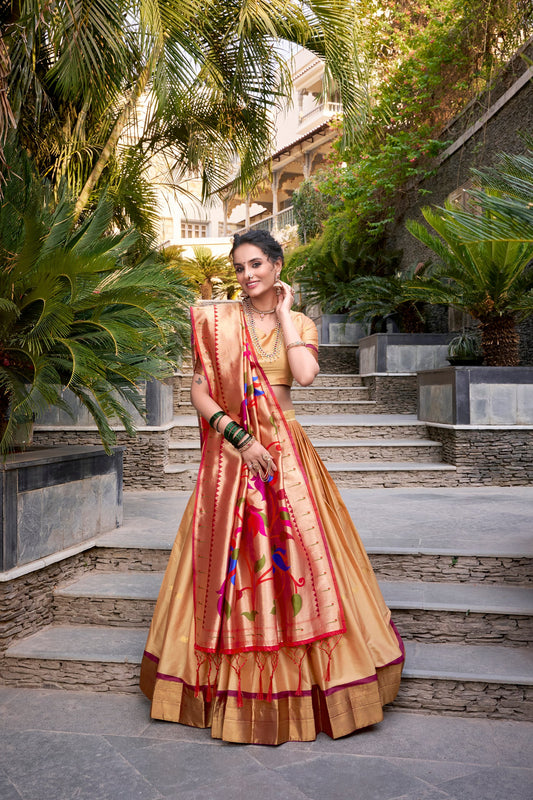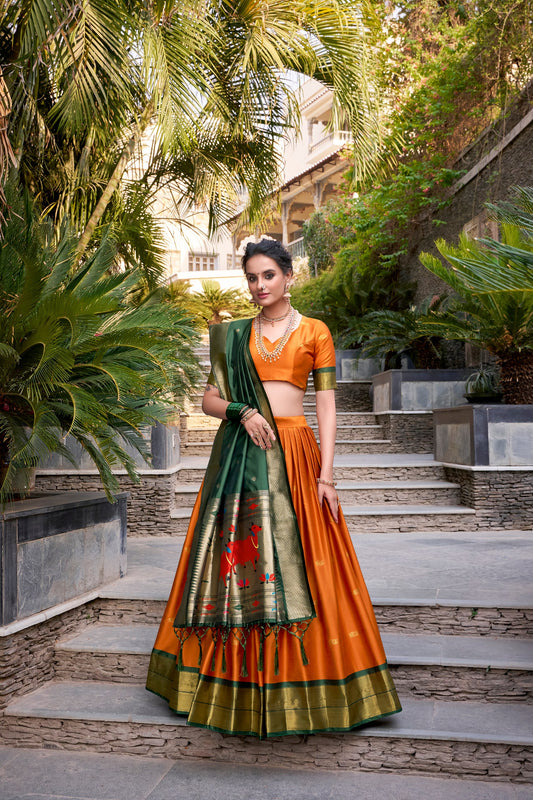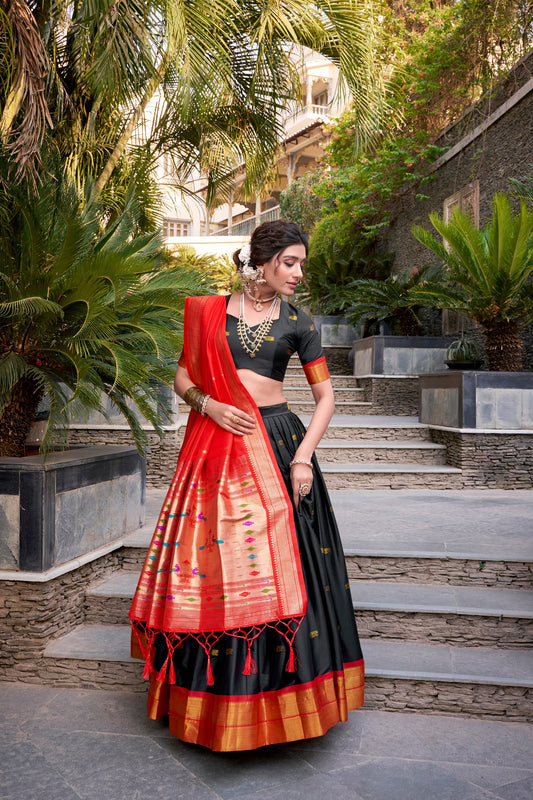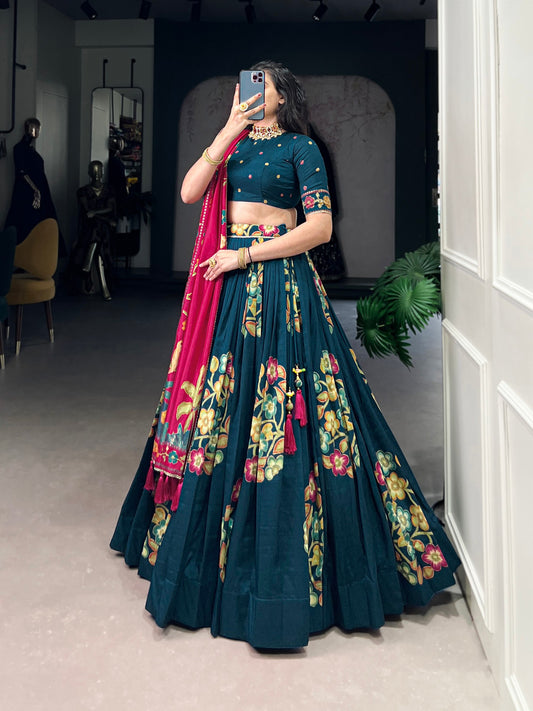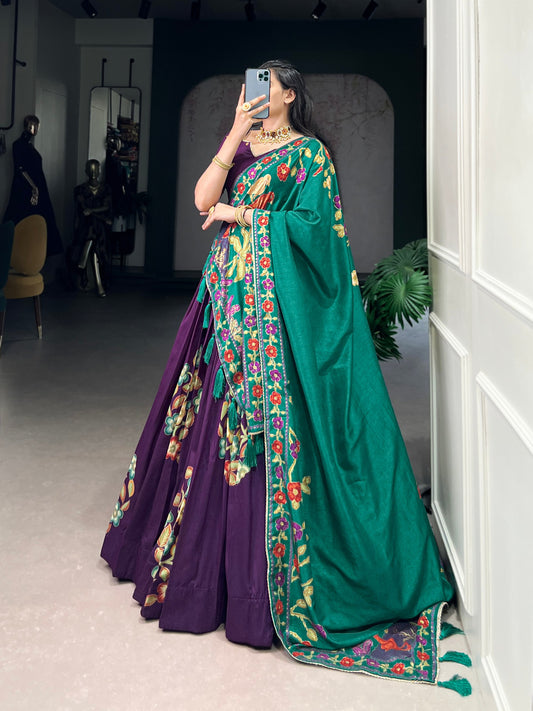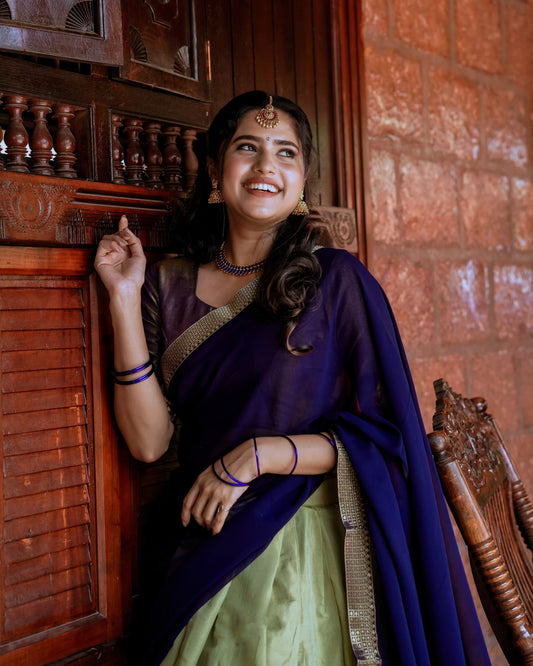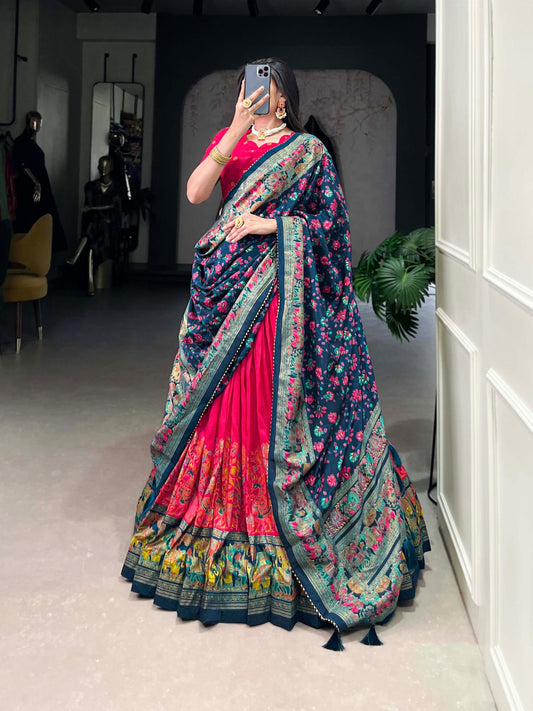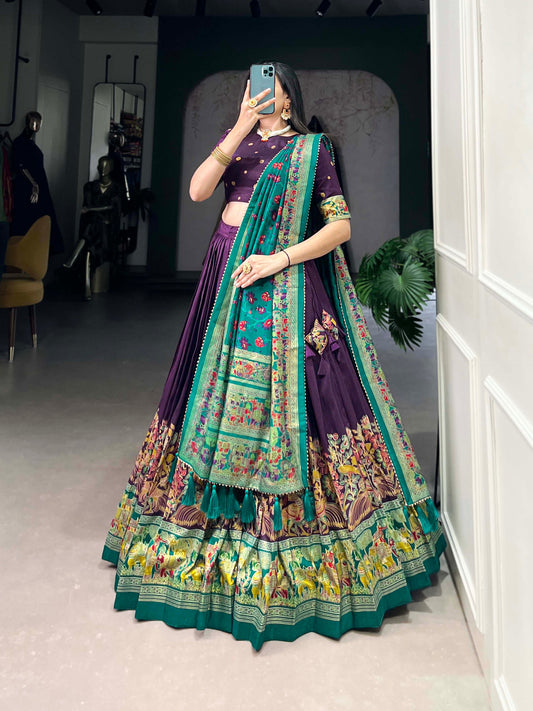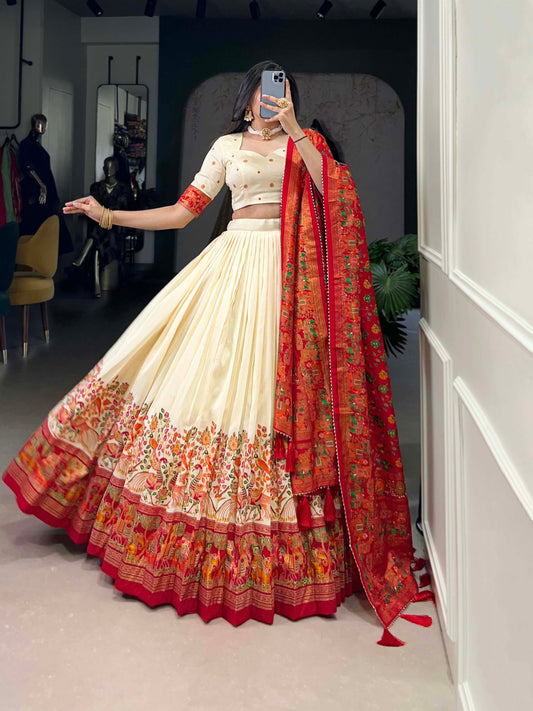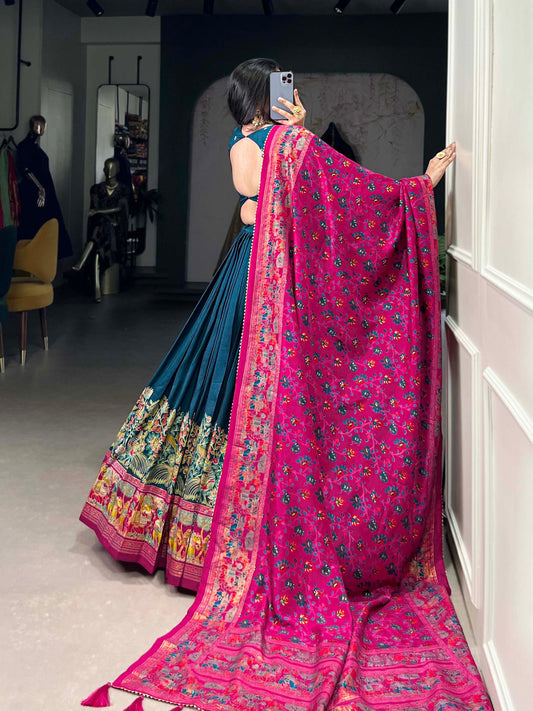-
Ruffle Style Orange Lehenga Saree in Faux Georgette with Sequins & Thread Work – Ready to Wear Ethnic Outfit
Regular price Rs. 2,249.00Regular priceUnit price / perRs. 3,999.00Sale price Rs. 2,249.00Sale -
Maroon Sequin Embroidered Faux Blooming Georgette Lehenga Set
Regular price Rs. 3,399.00Regular priceUnit price / perRs. 6,999.00Sale price Rs. 3,399.00Sale -
White Wonder Adorned With Delicate Embroidery Lehenga Choli
Regular price Rs. 2,999.00Regular priceUnit price / perRs. 5,999.00Sale price Rs. 2,999.00Sale -
Pink Zari Weaving Kalamkari Print Lehenga Choli Set
Regular price Rs. 1,999.00Regular priceUnit price / perRs. 3,999.00Sale price Rs. 1,999.00Sale -
Pretty Black Sequins Georgette Party Wear Lehenga Choli With Dupatta
Regular price Rs. 2,699.00Regular priceUnit price / perRs. 4,999.00Sale price Rs. 2,699.00Sale -
Kanjivaram Silk Blue Lehenga Choli With Flowing Dupatta
Regular price Rs. 2,199.00Regular priceUnit price / perRs. 3,999.00Sale price Rs. 2,199.00Sale -
Beautiful Lavender Weaving Jacquard Silk Function Wear Lehenga Choli
Regular price Rs. 2,999.00Regular priceUnit price / perRs. 5,999.00Sale price Rs. 2,999.00Sale -
Pure Chanderi Pink Lehenga with Zari Weaving Work Border & Dupatta
Regular price Rs. 2,249.00Regular priceUnit price / perRs. 4,499.00Sale price Rs. 2,249.00Sale -
Pure Chanderi Brown Lehenga with Zari Weaving Work Border & Dupatta
Regular price Rs. 2,249.00Regular priceUnit price / perRs. 4,499.00Sale price Rs. 2,249.00Sale -
Pure Chanderi Mehendi Green Lehenga with Zari Weaving Work Border & Dupatta
Regular price Rs. 2,249.00Regular priceUnit price / perRs. 4,499.00Sale price Rs. 2,249.00Sale -
Pure Chanderi Red Lehenga with Zari Weaving Work Border & Dupatta
Regular price Rs. 2,249.00Regular priceUnit price / perRs. 4,499.00Sale price Rs. 2,249.00Sale -
Lavender Jacquard Silk Lehenga Set with Weaving Work and Georgette Embroidered Dupatta
Regular price Rs. 2,499.00Regular priceUnit price / perRs. 4,999.00Sale price Rs. 2,499.00Sale -
Jacquard Chex Lehenga Set with Zari Weaving Work and Zari Shimmer Dupatta
Regular price Rs. 2,249.00Regular priceUnit price / perRs. 4,499.00Sale price Rs. 2,249.00Sale -
Elegant Purple Organza Lehenga with Embroidered Velvet Blouse and Dupatta
Regular price Rs. 2,599.00Regular priceUnit price / perRs. 5,199.00Sale price Rs. 2,599.00Sale -
Zari Chex Peach Lehenga Set with Stitched Blouse and Embroidered Georgette Dupatta
Regular price Rs. 2,249.00Regular priceUnit price / perRs. 4,499.00Sale price Rs. 2,249.00Sale -
Zari Chex Pista Green Lehenga Set with Stitched Blouse and Embroidered Georgette Dupatta
Regular price Rs. 2,249.00Regular priceUnit price / perRs. 4,499.00Sale price Rs. 2,249.00Sale -
Jacquard Chex Lehenga Set with Zari Weaving and Embroidered Zari Shimmer Dupatta
Regular price Rs. 2,199.00Regular priceUnit price / perRs. 4,399.00Sale price Rs. 2,199.00Sale -
Mustard Yellow Vichitra Silk Lehenga Set with Kalamkari Print Border & Tussar Silk Dupatta
Regular price Rs. 3,449.00Regular priceUnit price / perRs. 6,999.00Sale price Rs. 3,449.00Sale -
Lavender Vichitra Silk Lehenga Set with Kalamkari Print Border & Tussar Silk Dupatta
Regular price Rs. 3,449.00Regular priceUnit price / perRs. 6,999.00Sale price Rs. 3,449.00Sale -
Off White Vichitra Silk Lehenga Set with Kalamkari Print Border & Tussar Silk Dupatta
Regular price Rs. 3,449.00Regular priceUnit price / perRs. 6,999.00Sale price Rs. 3,449.00Sale -
Pink Vichitra Silk Lehenga Set with Kalamkari Print Border & Tussar Silk Dupatta
Regular price Rs. 3,449.00Regular priceUnit price / perRs. 6,999.00Sale price Rs. 3,449.00Sale -
Red Rangoli Silk Lehenga Set with Sequins & Thread Embroidery
Regular price Rs. 3,499.00Regular priceUnit price / perRs. 6,999.00Sale price Rs. 3,499.00Sale -
Silver Glosy Lehenga Set with Sequins, Embroidery & Foil Work
Regular price Rs. 3,499.00Regular priceUnit price / perRs. 6,999.00Sale price Rs. 3,499.00Sale -
Pink Jacquard Silk Paithani Lehenga Set with Zari Weaving and Tassel Dupatta
Regular price Rs. 2,299.00Regular priceUnit price / perRs. 4,599.00Sale price Rs. 2,299.00Sale -
Chikoo Jacquard Silk Paithani Lehenga Set with Zari Weaving and Tassel Dupatta
Regular price Rs. 2,299.00Regular priceUnit price / perRs. 4,599.00Sale price Rs. 2,299.00Sale -
Orange Jacquard Silk Paithani Lehenga Set with Zari Weaving and Tassel Dupatta
Regular price Rs. 2,299.00Regular priceUnit price / perRs. 4,599.00Sale price Rs. 2,299.00Sale -
Black Jacquard Silk Paithani Lehenga Set with Zari Weaving and Tassel Dupatta
Regular price Rs. 2,299.00Regular priceUnit price / perRs. 4,599.00Sale price Rs. 2,299.00Sale -
Peacock Blue Tussar Silk Printed Lehenga Set with Foil Work and Gotta Patti Dupatta
Regular price Rs. 2,399.00Regular priceUnit price / perRs. 4,799.00Sale price Rs. 2,399.00Sale -
Green Tussar Silk Printed Lehenga Set with Foil Work and Gotta Patti Dupatta
Regular price Rs. 2,399.00Regular priceUnit price / perRs. 4,799.00Sale price Rs. 2,399.00Sale -
Maroon Tussar Silk Printed Lehenga Set with Foil Work and Gotta Patti Dupatta
Regular price Rs. 2,399.00Regular priceUnit price / perRs. 4,799.00Sale price Rs. 2,399.00Sale -
Purple Tussar Silk Printed Lehenga Set with Foil Work and Gotta Patti Dupatta
Regular price Rs. 2,399.00Regular priceUnit price / perRs. 4,799.00Sale price Rs. 2,399.00Sale -
Kanchipuram Zari Weaving Lehenga Set with Georgette Lace Border Dupatta
Regular price Rs. 1,999.00Regular priceUnit price / perRs. 3,999.00Sale price Rs. 1,999.00Sale -
Pink Tussar Silk Lehenga Set with Printed Foil Work and Gotta Patti Dupatta
Regular price Rs. 2,299.00Regular priceUnit price / perRs. 4,599.00Sale price Rs. 2,299.00Sale -
Purple Tussar Silk Lehenga Set with Printed Foil Work and Gotta Patti Dupatta
Regular price Rs. 2,299.00Regular priceUnit price / perRs. 4,599.00Sale price Rs. 2,299.00Sale -
Off White Tussar Silk Lehenga Set with Printed Foil Work and Gotta Patti Dupatta
Regular price Rs. 2,299.00Regular priceUnit price / perRs. 4,599.00Sale price Rs. 2,299.00Sale -
Peacock Blue Tussar Silk Lehenga Set with Printed Foil Work and Gotta Patti Dupatta
Regular price Rs. 2,299.00Regular priceUnit price / perRs. 4,599.00Sale price Rs. 2,299.00Sale
Collection: Lehenga Choli
Lehenga Choli: A Timeless Tradition of Indian Ethnic Wear
Lehenga Choli (also known as Ghagra Choli, and locally as Chaniya Choli) is an iconic traditional ensemble worn by women, predominantly from the Indian Subcontinent. It is especially popular in Indian states like Rajasthan, Gujarat, Madhya Pradesh, Uttar Pradesh, Bihar, Haryana, Punjab, Himachal Pradesh, Uttarakhand, and Jammu & Kashmir, and in the Pakistani provinces of Punjab and Sindh. This traditional attire is favored for its elegance and is often worn at weddings, festivals, and cultural events across India and Pakistan.
In Punjab, it is commonly paired with a kurti, and it consists of two key pieces: the lehenga (long skirt) and the choli (blouse). Over time, the term lehenga choli has become more widely accepted, replacing the older term ghagra—which in earlier times referred to a half-slip worn under a sari.
Historical Evolution
The Gagra Choli finds its origins in the three-piece attire worn by women in ancient India. This ensemble included the antriya (lower garment), the uttariya (veil), and the stanapatta (chest-band). These garments have been documented in ancient Sanskrit literature and Buddhist Pali literature as early as the 6th century B.C., marking their deep-rooted history in Indian fashion.
Components of the Lehenga Choli
-
Choli: The choli is a midriff-baring blouse, commonly worn with a sari or lehenga. It is designed to fit tightly around the body, with short sleeves and a low neckline, making it ideal for the hot and humid climate of the Indian subcontinent. The choli, evolved from the ancient Stanapatta (Kanchuki), is typically cropped, exposing the navel, and is highly favored for its comfort during summer.
-
Lehenga (Gagra): The lehenga, also known as ghagra or gagra, is a long, pleated skirt, often adorned with intricate embroidery, and secured at the waist with a drawstring or elastic. Historically, the lehenga evolved from the antriya and was worn in a tubular form. The gagra or ghagra was originally a narrow, ankle-length skirt and was worn by women across various regions of India.
-
Dupatta: The dupatta is a decorative scarf or shawl often worn with the lehenga choli. The dupatta serves as both a symbol of modesty and a fashion accessory, draped over the shoulder or head in various styles depending on the occasion. It is an evolved form of the uttariya, traditionally seen as a veil, and can be styled in numerous ways, including tucking it into the waist of the gagra or draping it diagonally over the upper body. Its decorative nature makes it an essential part of the ensemble.
Fabrics and Embellishments
Lehenga cholis come in a variety of fabrics, such as silk, cotton, georgette, chiffon, satin, brocade, and khadi. Silk remains a popular choice for bridal lehengas due to its luxurious feel and rich texture. The embroidery and decorative stitching patterns such as gota, phulkari, chikankari, zari, zardozi, nakshi, and kundan add intricate beauty and cultural richness to the attire.
For special occasions like Navratri or weddings, Shisha embroidery or zari work is popular, often seen on the lehengas worn during folk festivals or traditional dances. These intricate designs, using mirrors, pearls, and sequins, enhance the lehenga's charm and elegance.
Festive Significance and Cultural Impact
The lehenga choli holds great cultural significance, especially during weddings, festivals, and special events. In North India, the lehenga choli is one of the most common choices for brides, providing a regal and traditional look on their special day. It is also a significant attire during the Navratri Garba festival in Gujarat, where women wear lehengas with vibrant colors and intricate embroidery.
In Southern India, coming-of-age ceremonies (such as langa voni in Telugu or pattu pavadai in Tamil) mark the transition from girlhood to womanhood. During these ceremonies, young girls are presented with their first lehenga or sari, symbolizing their passage into adulthood.
Luanchari: A Unique Variation
The Luanchari (also called Luancheti) is a traditional garment worn by the Gaddi women of Himachal Pradesh. This attire consists of a choli stitched to the lehenga into a single piece. The Luanchari is often brightly colored, and the two pieces of the garment are sometimes of contrasting colors. This beautiful attire is common in Pahari miniatures and can require up to 21 yards of cloth to complete.
Conclusion
The Lehenga Choli is a timeless and elegant traditional Indian garment that remains a staple in women's fashion. Whether worn during festivals, weddings, or special occasions, its beauty lies in its intricate embroidery, luxurious fabrics, and cultural significance. With regional variations, such as ghagra cholis, luanchari, and lehengas paired with dupatta, the lehenga choli is a quintessential symbol of Indian heritage and continues to remain a favorite for women across the Indian subcontinent and beyond.
